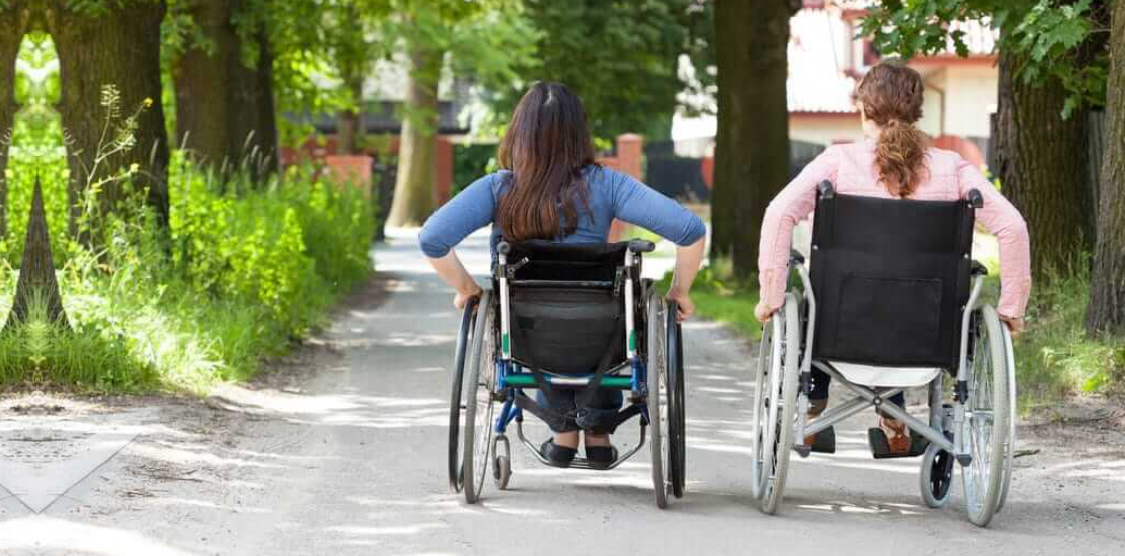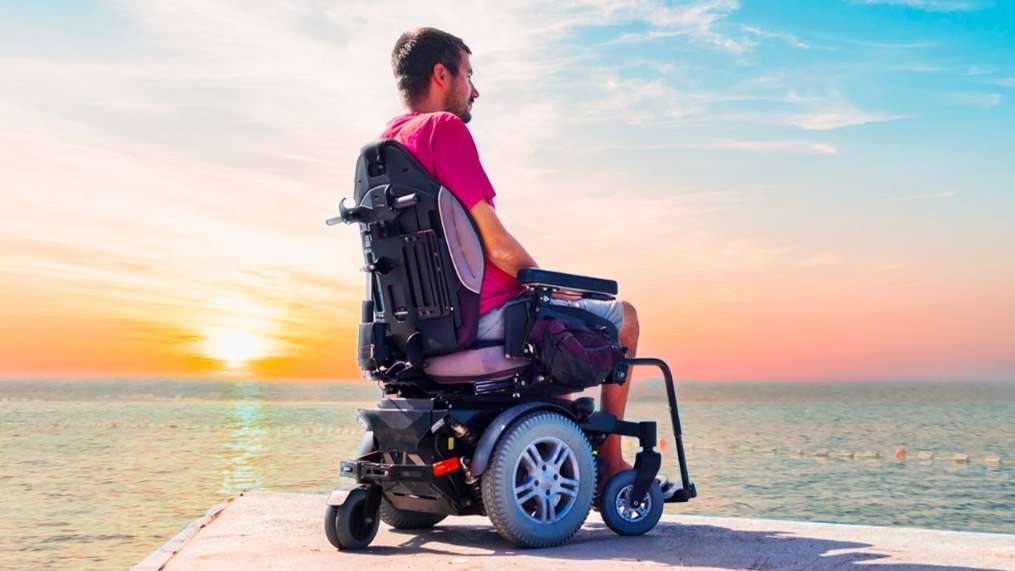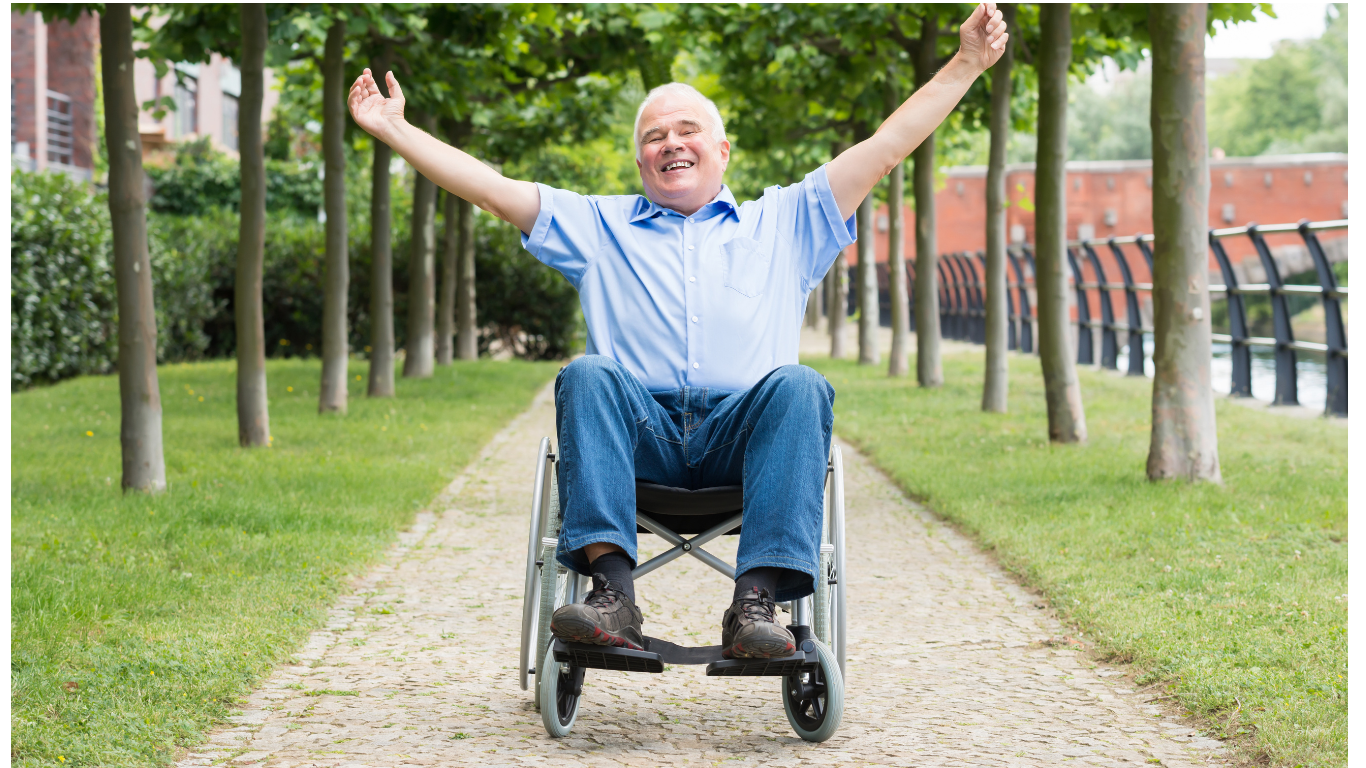5
Jun
Wheelchair Problems and Solutions
For many people living with mobility impairments, wheelchairs prove to be an essential part of everyday life. While providing much-needed freedom and accessibility for those who need it the most, wheelchairs also bring their own unique set of challenges.
From environmental barriers such as narrow doorways to medical concerns like postural deformities, there's a lot for wheelchair users to consider when selecting the right chair and managing its use. In this blog post, we'll explore the wheelchair problems and solutions, the pros and cons of purchasing and using a wheelchair, delve into different types of chairs available on the market today, and discuss ways that individuals can stay safe while navigating in their own wheelchairs.
Common Challenges
Using a wheelchair can be both incredibly freeing and limiting at the same time. On one hand, wheelchairs give individuals with disabilities access to everything from classrooms to places of employment; on the other hand, wheelchairs come with unique issues that need to be addressed.
This article will explore common problems of mobility devices that users encounter every day – everything from broken down ramps to inaccessible public transport to provide an understanding of why people who use power wheelchairs deserve more support. In addition, wheelchair problems and solutions for these issues will also be discussed in order to show how we can work together as a society in creating easy mobility access for everyone.
Uneven Surfaces: Uneven surfaces such as cracked roads, potholes, and damaged sidewalks can be troublesome for disabled persons.
Narrow Sidewalks: Navigating narrow sidewalks can be difficult, posing a risk of accidents and limiting the accessibility of certain areas.
Inaccessible Buildings: Many public and private buildings lack proper entrances and exits that accommodate persons using wheelchairs.
Public Transport: Limited wheelchair-friendly public transportation options make it hard for users to travel independently.
Proposed Solutions
Wheelchair users are well aware of how difficult it is to find the right and required products. It can be hard to know which accessories and models work best in different situations. Whether you're looking for better access to outdoor transportation or indoor activities, these proposed wheelchair problems and solutions aim to make life easier and more comfortable for those who use them. In this blog post, we'll explore various types of affordable wheelchairs and their features, as well as give some ideas on choosing and maintaining them so that you can get the most out of your mobility aid.
Uneven Surfaces
Short-term Solution: Implement a reporting system where the physically dependent citizens can inform local authorities of damaged or uneven roadways and sidewalks. This will aid in identifying high-priority areas for repair.
Long-term Solution: Invest in infrastructure improvements that focus on accessibility, repairing and upgrading sidewalks, roads, and public spaces to be more accommodating to the patients.
Cost: Ranges depending on the scale of repairs, upgrades, and maintenance involved.
Innovative Features: Implementing durable, sustainable materials designed to create stable surfaces for wheelchair users.
Narrow Sidewalks
Short-term Solution: Introduce high-visibility warning signs at the beginning of narrow sidewalks to inform wheelchair users and the public about the potential risk.
Long-term Solution: Gradually widen sidewalks in high-traffic areas, taking care to consider the needs of local businesses and residents.
Cost: Varies based on the scope and locations of sidewalk expansion.
Innovative Features: Implement adaptive street design layouts that prioritise pedestrian and accessibility needs.
Inaccessible Buildings
Short-term Solution: Encourage businesses and public institutions to install temporary ramps and add signage that indicates accessibility features.
Long-term Solution: Institute accessibility standards for all new building construction and renovation projects, and allocate government funding for businesses and public buildings to make necessary accessibility upgrades.
Cost: Varies based on the scale of construction, renovation, and accessibility modifications.
Innovative Feature: Incorporate universal design principles that enable buildings to be more easily accessed by people with various mobility needs.
Public Transport
Short-term Solution: Increase accessibility features on existing public transport vehicles, such as installing wheelchair ramps and reserving designated wheelchair seating areas.
Long-term Solution: Work with transportation authorities to develop a comprehensive, accessible public transportation system that includes wheelchair-friendly buses, trains, and taxis.
Cost: Dependent on the scope of transportation infrastructure upgrades and new vehicle investments.
Innovative Feature: Utilise modern, adaptable design features in public transportation vehicles to better accommodate wheelchair users.
Additional Resources and Tools for Wheelchair Problems and Solutions
Local Accessibility Map: A map highlighting wheelchair-friendly routes, public transportation options, and accessible buildings.
Accessibility Reporting Hotline: A hotline to report issues related to wheelchair accessibility in the city.
Local Wheelchair Community: The local wheelchair community is a vibrant and diverse group of individuals who are often overlooked in our society. Despite the many barriers they face, from inaccessible buildings to limited employment opportunities, they continue to push forward with a spirit of resilience and determination.
Watching them come together to support one another is truly inspiring – whether it is through adaptive sports programs or local advocacy efforts. It is important that we recognize their contributions and work to create a more inclusive society where everyone can thrive.
Conclusion
Wheelchair problems and solutions finding ways to make life better for those with disabilities is a worthy task. Whether it is through improved safety and reliability, or more inclusive spaces and events, wheelchair users need no less than what we as able-bodied individuals have access to. It is the goal of every wheelchair user and advocates alike to ensure such needs are met in order to maximise the quality of life.
From our seniors to our children, we should be inspiring each other, collaborating on creative solutions, and setting examples for future generations who will continue the journey toward true liberation when it comes to adapting our world to wheelchairs. As disabled persons ourselves, or perhaps as role models for strangers from around the world, it is up to us to recognize what we have accomplished, thus, far in aiding one another in overcoming even greater challenges that remain ahead.
Let’s work together towards a brighter future now so that all generations can benefit from our hard-earned achievements down the road!






